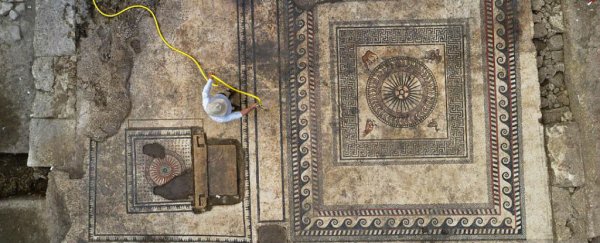Archaeologists have unearthed part of an ancient Roman settlement in southern France, identifying it as the long-lost city of Ucetia, which has previously only been known from an inscription in a neighbouring city, and a few fragmented artefacts.
Excavations have so far uncovered an area of roughly 4,000 metres squared (43,056 square feet), and it's decorated in peculiar mosaics and structures that appear to pre-date the Roman conquest of France more than 2,000 years ago.
"Prior to our work, we knew that there had been a Roman city called Ucetia only because its name was mentioned on stela in Nîmes, alongside 11 other names of Roman towns in the area," Philippe Cayn from the French National Institute for Preventive Archaeological Research (INRAP), told the International Business Times.
"No artefacts had been recovered except for a few isolated fragments of mosaic."
At this stage, very little is known about the elusive city, which is located north of Nîmes - a city in Southern France that's been nicknamed 'the French Rome', because it had flourished under the first Roman emperor Augustus in the late 1st century BC.
Archaeologists first got hints of its existence with the discovery of the inscription "VCETIAE" (Ucetia) on a stone stela - or slab - found at Nîmes.
Since then, archaeologists have suggested that the inscription refers to modern day Uzès, a small town about 25 kilometres north of Nîmes.
Back in October last year, the INRAP team was brought in to conduct precautionary excavations of Uzès, ahead of the construction of a boarding school and a canteen.
The concern was that the new foundations could accidentally be laid on top of ancient buried ruins, and sure enough, the team has since uncovered the remains of a number of grand structures that span several centuries, including a wall and many buildings that pre-date Roman expansion into the region.
A few rare building remains have been dated to as recently as the Middle Ages.
"The archaeologists found that the site had been occupied from the 1st century BC to the late Antiquity (7th century AD), with an interruption in the 3rd and 4th century, which they haven't been able to explain," Léa Surugue reports for the International Business Times.
"The team discovered a large wall and many structures dating to just before the Roman conquest. This includes a room where a bread oven was set up, and later replaced with a dolium - an enormous ceramic container."
Interestingly, the art found on site - brightly coloured mosaics featuring an owl, a duck, an eagle, and a wide-eyed fawn - is characteristic of a technique that appeared much later in Roman culture, suggesting that this could be one of the birthplaces of that particular style.
"This mosaic is very impressive because of its large size, its good state of conservation and the motifs which combine classical geometric shapes and with animals," Cayn told Surugue.
"This kind of elaborate mosaic pavement is often found in the Roman world in the 1st and 2nd centuries, but this one dates back to about 200 years before that, so this is surprising."
The INRAP team says the excavation will continue throughout 2017, so we'll hopefully find out more about this ancient city in the months to come.
A scientific report on the finds is expected once the artefacts have been properly analysed and dated, but in the meantime, you can have a look at what they've uncovered so far in the images below:
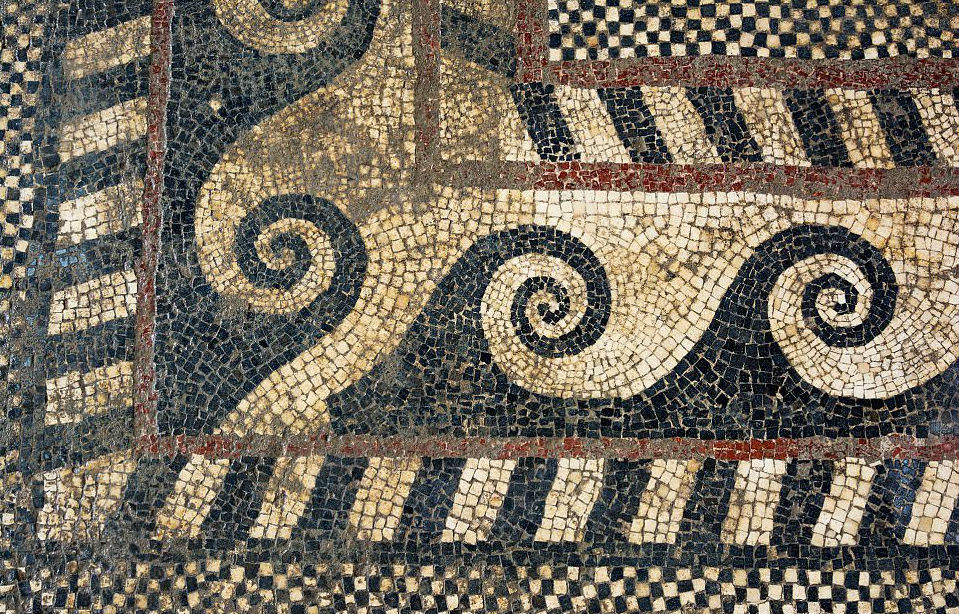 Denis Gliksman/INRAP
Denis Gliksman/INRAP
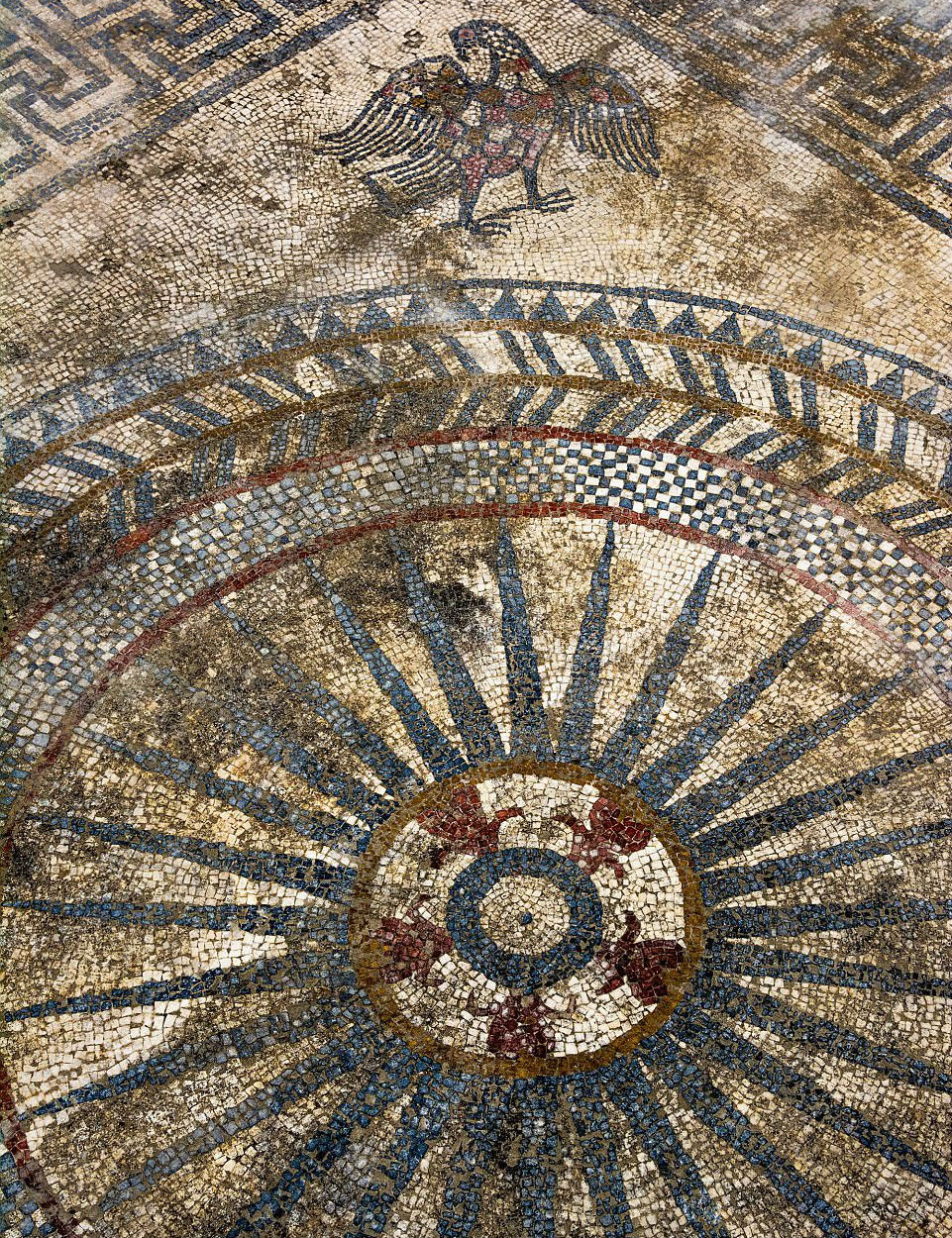 Denis Gliksman/INRAP
Denis Gliksman/INRAP
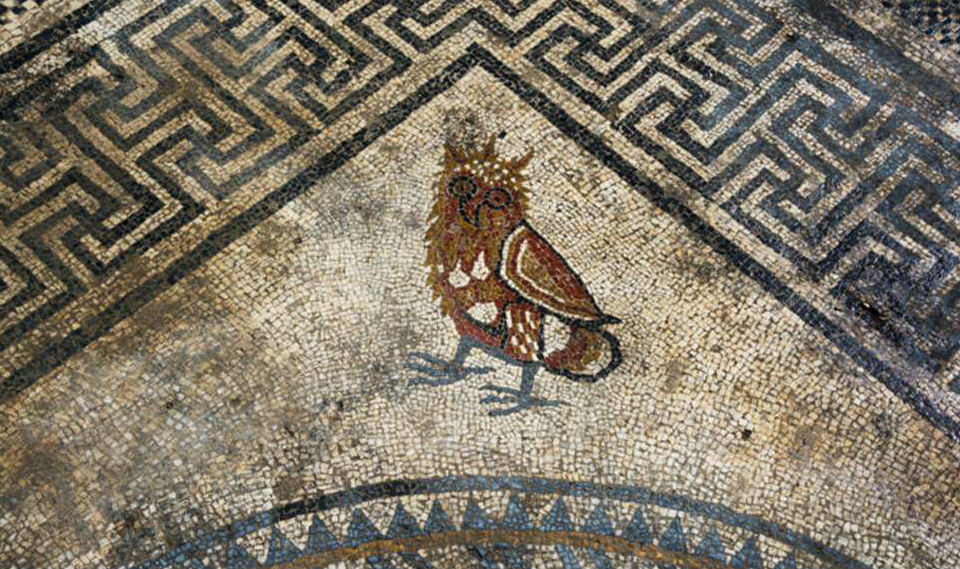 Denis Gliksman/INRAP
Denis Gliksman/INRAP
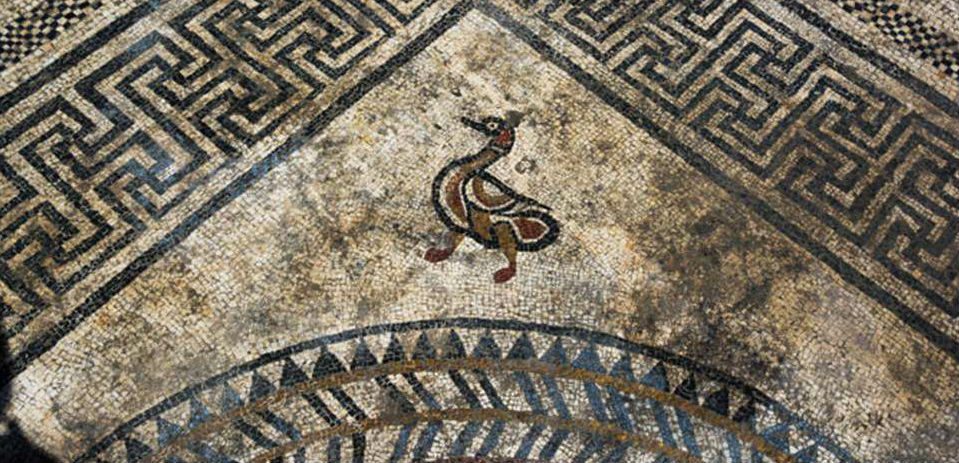 Denis Gliksman/INRAP
Denis Gliksman/INRAP
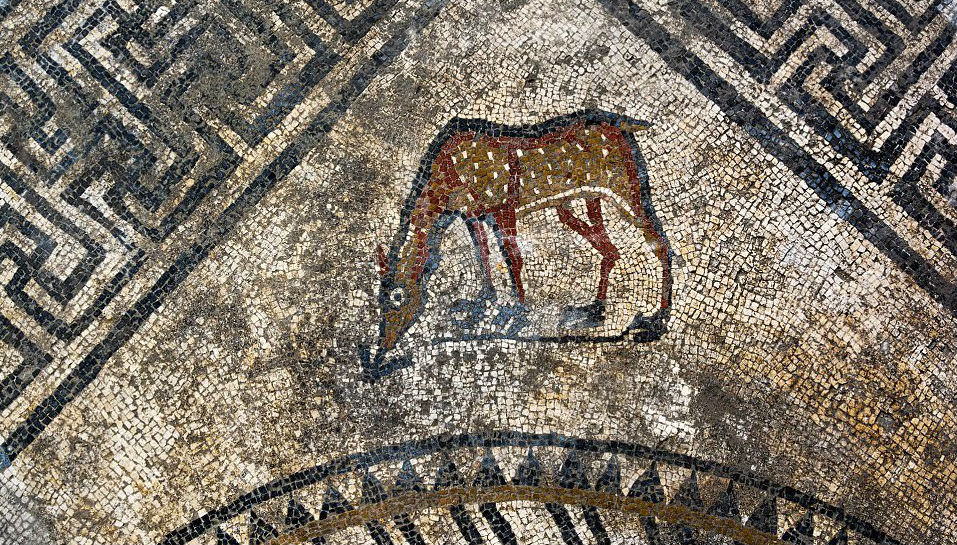 Denis Gliksman/INRAP
Denis Gliksman/INRAP
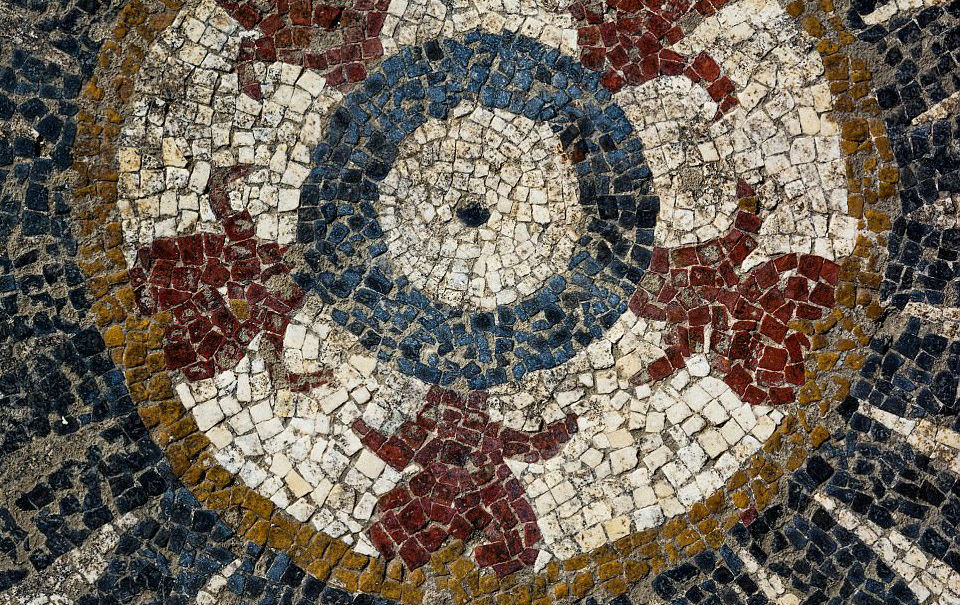 Denis Gliksman/INRAP
Denis Gliksman/INRAP
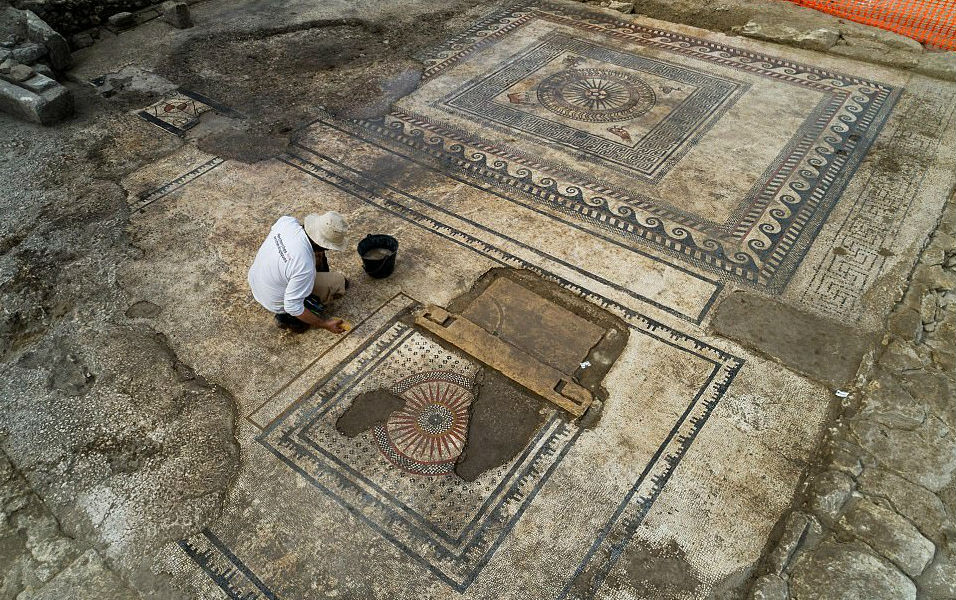 Denis Gliksman/INRAP
Denis Gliksman/INRAP
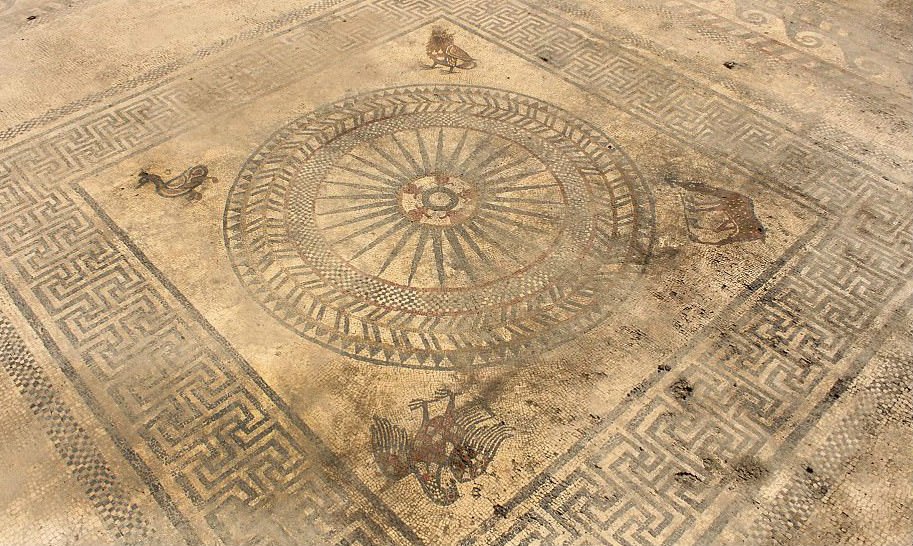 Denis Gliksman/INRAP
Denis Gliksman/INRAP
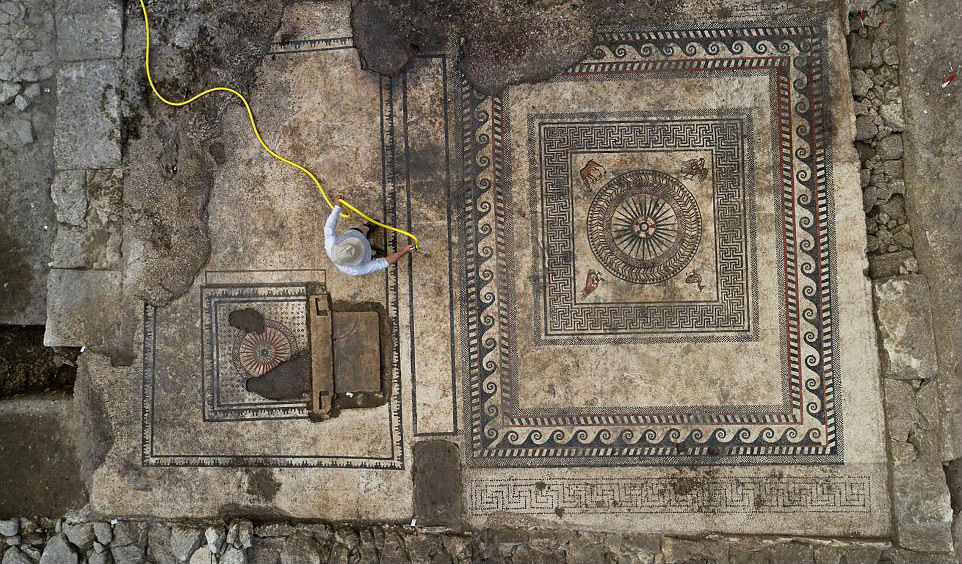 Denis Gliksman/INRAP
Denis Gliksman/INRAP
